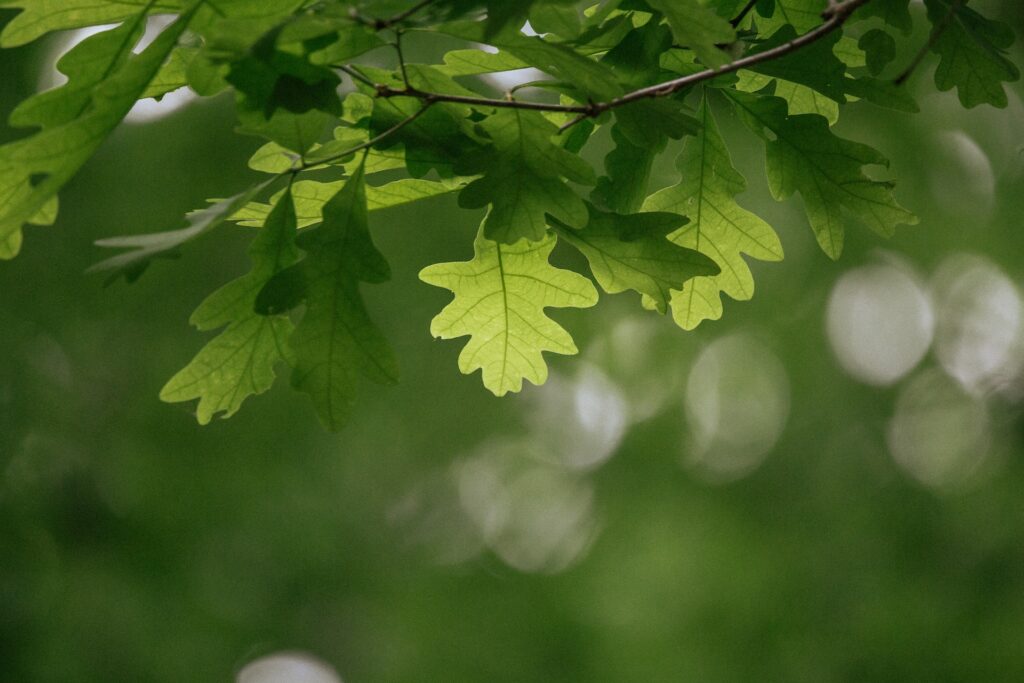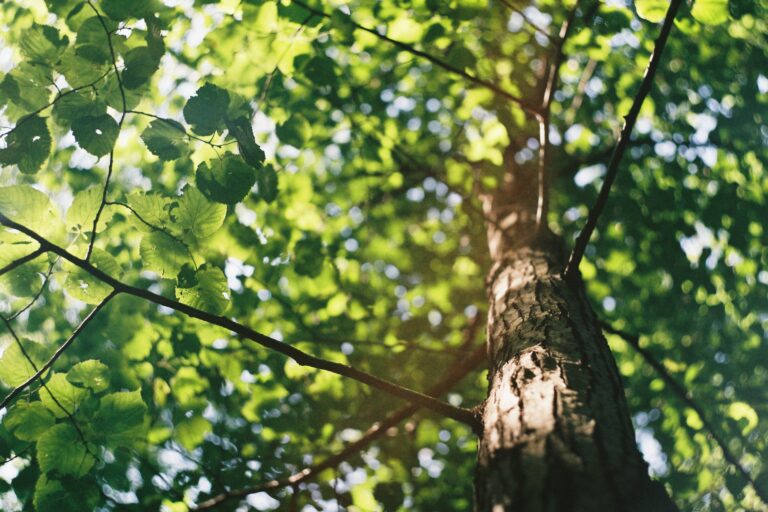Spotted Lanternfly Larvae – Tree Damage and Treatment
Spotted lanternfly larvae can cause significant damage to trees, especially oak trees. It is important to learn about spotted lanternfly treatment to protect your trees from damage. Don’t let spotted lanternflies infest your trees and cause mold and sooty honeydew.
Spotted Lanternfly Larvae and Tree Damage
Spotted lanternfly larvae feed on the sap of trees, which weakens the tree and makes it vulnerable to other pests and diseases. They also excrete a sugary substance called honeydew, which can attract mold and other pests.
Oak trees are particularly susceptible to spotted lanternfly damage, but other trees such as maple, walnut, and apple trees can also be affected.
Signs of Spotted Lanternfly Infestation
Spotted lanternfly larvae are black with white spots and are about the size of a pencil eraser. Adult spotted lanternflies are about an inch long and have gray wings with black spots. Signs of infestation on trees include egg masses, sap oozing from the tree, and sooty mold on the leaves and branches.
Spotted Lanternfly Treatment
Prevention is key to avoiding spotted lanternfly infestation. Measures such as removing tree-of-heaven, which is a preferred host of spotted lanternflies, and inspecting outdoor items for egg masses can help prevent infestation. Chemical and non-chemical treatment options are available for infested trees, but early detection and treatment are crucial.
Protecting Your Trees from Spotted Lanternfly Damage
Regular monitoring and maintenance of trees can help prevent spotted lanternfly damage. It is important to inspect trees for signs of infestation and to take action immediately if spotted lanternflies are detected. Other tips include wrapping tree trunks with sticky bands and avoiding transporting firewood or other outdoor items from infested areas.
Frequently Asked Questions
1. What are spotted lanternflies?
Spotted lanternflies are an invasive species of insect that feed on the sap of trees and excrete a sugary substance called honeydew.
2. How do spotted lanternfly larvae damage trees?
Spotted lanternfly larvae weaken trees by feeding on their sap, which can make them vulnerable to other pests and diseases. They also excrete honeydew, which can attract mold and other pests.
3. What are the signs of spotted lanternfly infestation?
Signs of spotted lanternfly infestation on trees include egg masses, sap oozing from the tree, and sooty mold on the leaves and branches.
4. How can I prevent spotted lanternfly infestation?
Prevention measures include removing tree-of-heaven, inspecting outdoor items for egg masses, and avoiding transporting firewood or other outdoor items from infested areas.
5. What are the treatment options for spotted lanternfly infestation?
Chemical and non-chemical treatment options are available for infested trees, but early detection and treatment are crucial.
6. How can I protect my trees from spotted lanternfly damage?
Regular monitoring and maintenance of trees can help prevent spotted lanternfly damage. Other tips include wrapping tree trunks with sticky bands and avoiding transporting firewood or other outdoor items from infested areas.
7. What should I do if I suspect spotted lanternfly infestation?
If you suspect spotted lanternfly infestation, contact a professional tree care service for inspection and treatment.
Conclusion
Protecting your trees from spotted lanternfly damage is crucial to maintaining their health and beauty. By learning about spotted lanternfly treatment and prevention measures, you can help keep your trees safe from infestation.
If you suspect spotted lanternfly infestation, don’t hesitate to seek professional help. Contact us today for more information on how we can help protect your trees.




